Above the so-called Melir area in Kjós (in the Reykjavik area) you can see a cliff, rising highest in a peak called Mt. Hnefi (Fist). Mt. Hnefi is very convenient for hiking, with gentle slopes on the way to Mt. Lokufjall and to Hnefi. It has a great view of the mouth of Hvalfjörður, to Akranes, the Reykjavík area and Mt. Skarðsheiði across the fjord. It is ideal to lenghten this hike a bit and take in the beautiful Blikdalur. This hike is suitable for most people, but in winter it can be useful to wear crampons if the slopes are icy. It can also be necessary to park at Tíðaskarð, if the gravel road to the starting point is impassable. The following information bits are taken from the description for Mt. Hnefi in the Wapp-Walking app.
Blikdalur is the longest valley on Mt. Esja, about two km long. It is split by Blikadalur River which runs along the bottom, Saurbær used to own the land to the north, and Brautarholt the land to the south. The river changes its name at the mouth of the valley and is called Ártún River. The valley has long been used by the farms in Kjalarnes for grazing livestock as well as herding sheep there in summer. The website of Árnastofnun mentions Blikdalur. The oldest written mention of the valley dates from the 13th century, where it was called Blikdalur (Gleam Valley). During the 18th century, the name Bleikdalur (Pink Valley) seems to take hold and since then, both names have been used. The reasons for these names have been found in light rocks towards the bottom of the valley, bleached by geothermal activities, or to snowy drifts in the mountains which gleamed in the sun when seen from the boats on Faxaflói.
The Love Affair Started in Blikdalur
In Þórunn Valdimarsdóttir’s book on the national poet Rev. Matthías Jochumsson (1835-1920), she gives us a glimpse into the poet’s love affair with Guðrún Runólfsdóttir (1851-1923) from Saurbær. Matthías was priest in Kjalarnes from 1867-1873, serving both the church in Brautarholt and the one in Saurbær, but he lived in Móar himself. In 1872, he became widowed for the second time, at only 37 years of age. He often stayed in Saurbær for the summer of 1872 and became infatuated with Guðrún, but she was 16 years younger than him. When Guðrún sent him berries in a bucket and a few lines on paper from where she was minding sheep in Blikdalur, he hurried over there to see her and thank her for the berries. It is pretty obvious what happened there and Matthías put his thoughts into these words, among others:
High up in the valley, on the sunny throne,
sits so calm and gentle,
sweet and kind and tender,
quaint and tall and slender,
the sweetest valley rose.
(Hátt í dalnum, sólarsalnum/situr stillt og þýð/snotur, hýr og hnellin/há og grönn og smellin/dala-drósin blíð)
The two embarked upon a secret relationship which lasted for months and didn’t end until she gave birth to their child in January 1874. Matthías, on the other hand, resigned from his post and left the country before the child was born, and seems to have been tormented by whether he should marry her or not. It was clear that he could not stay on as a priest, it was a very serious offense for an unmarried priest to father a child. This scandal was heavily discussed and people thought the priest treated the girl and her family badly, her brother was Matthías’s brother-in-law, which further complicated things. Matthías stayed in Scotland and England the following winter, and wrote the poem which later became Iceland’s national anthem. He didn‘t marry Guðrún until 1875, and they went on to have ten more children together.
Once you reach the top of Mt. Hnefi, you have a good view of Mt. Akrafjall beyond the fjord to the west, and to the north you’ll see Melasveit, Hvalfjarðarsveit and Mt. Skarðsheiði. During WWII, Hvalfjörður was used as anchorage for large convoys travelling between Europe and America, and the mouth of the fjord was closed with submarine fences. Up to 100 ships could be seen there at the same time, while the crews got a little break from Germany‘s submarine attacks. Hvalfjörður is mercifully much quieter today.
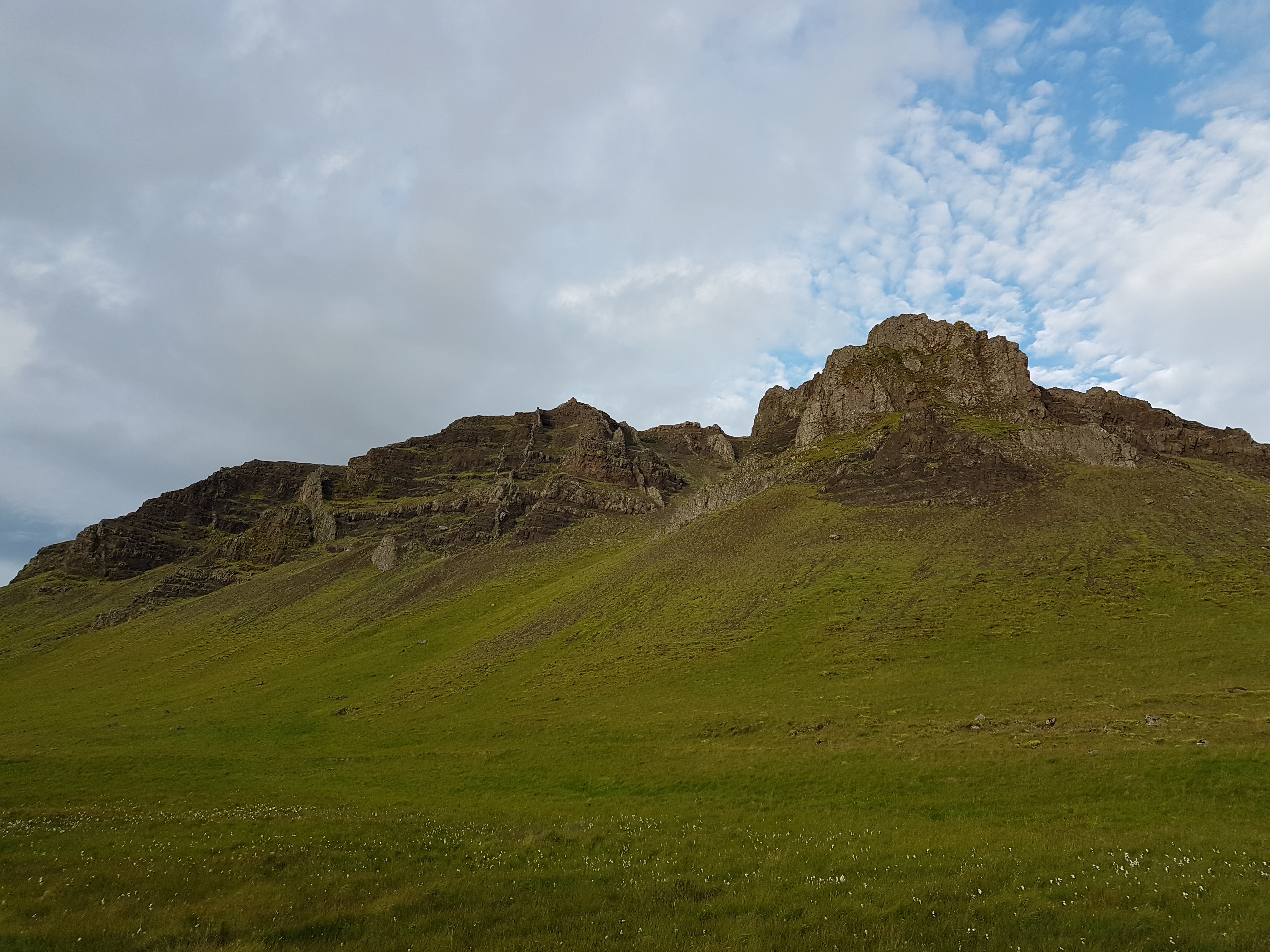
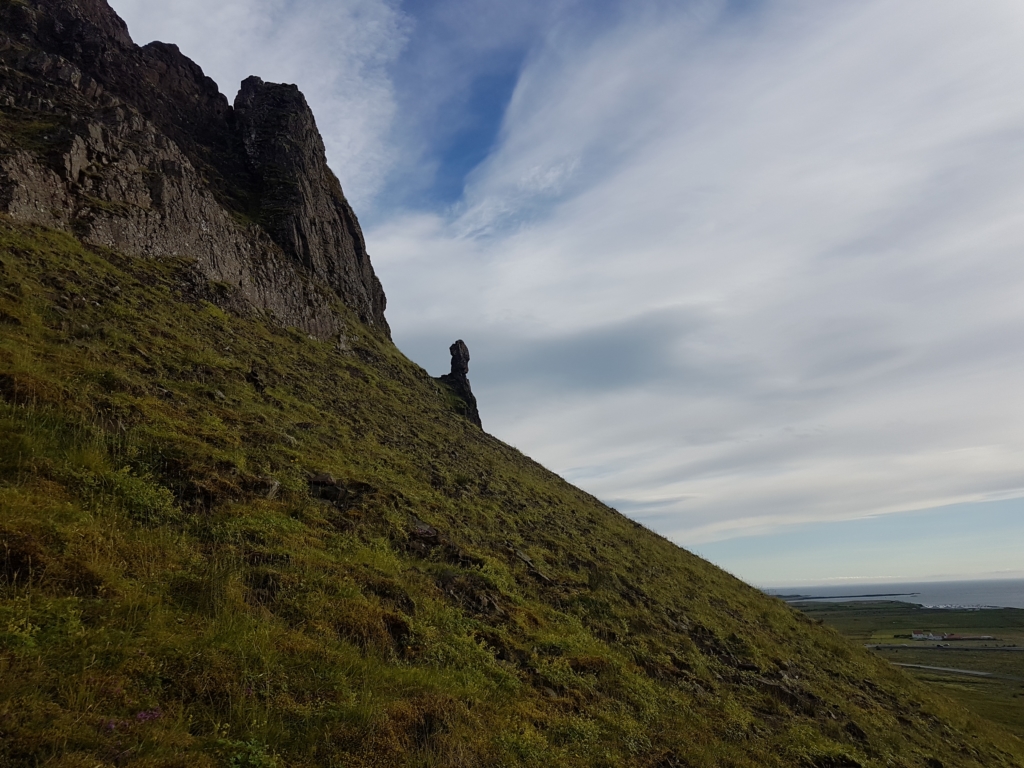
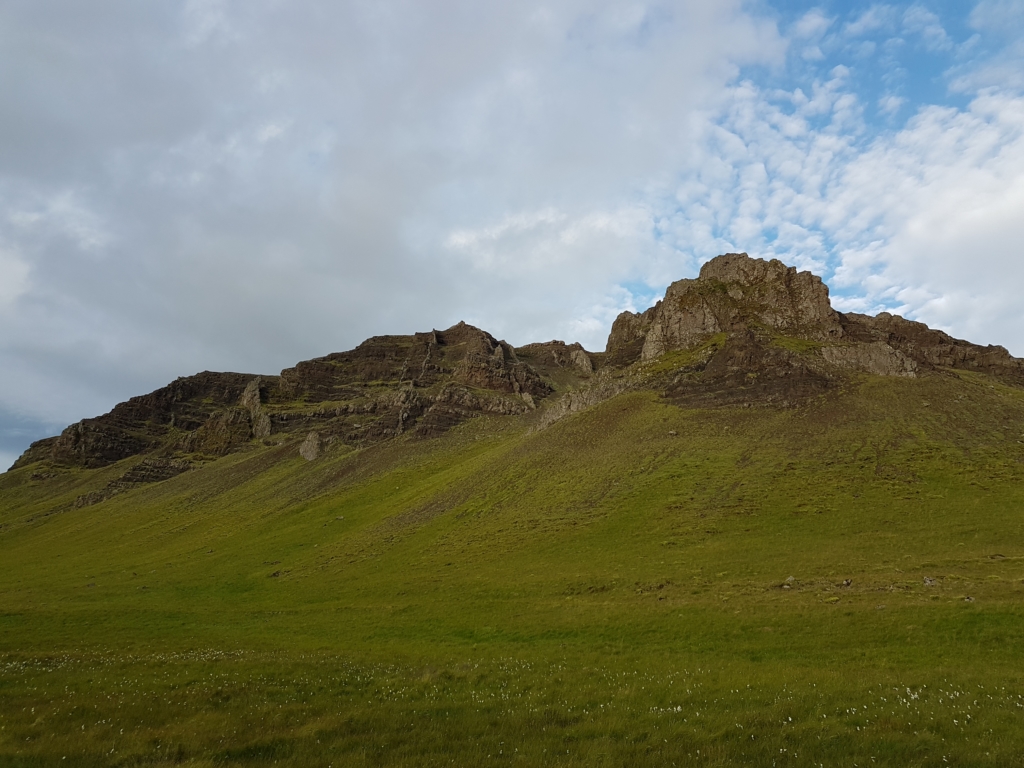
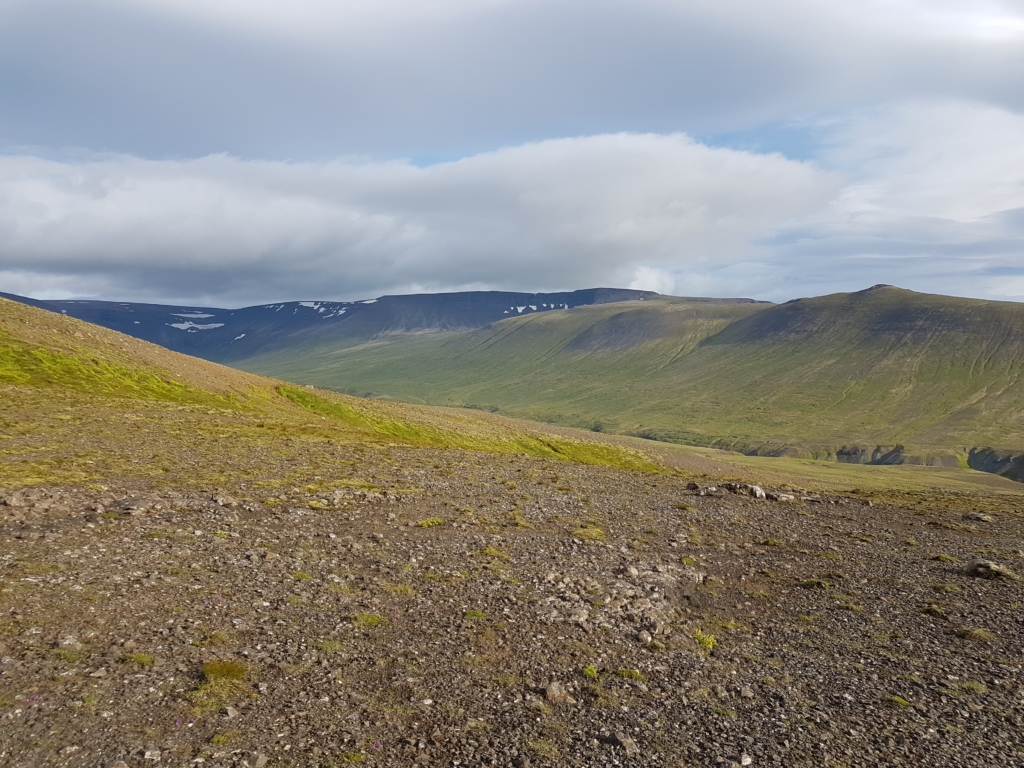
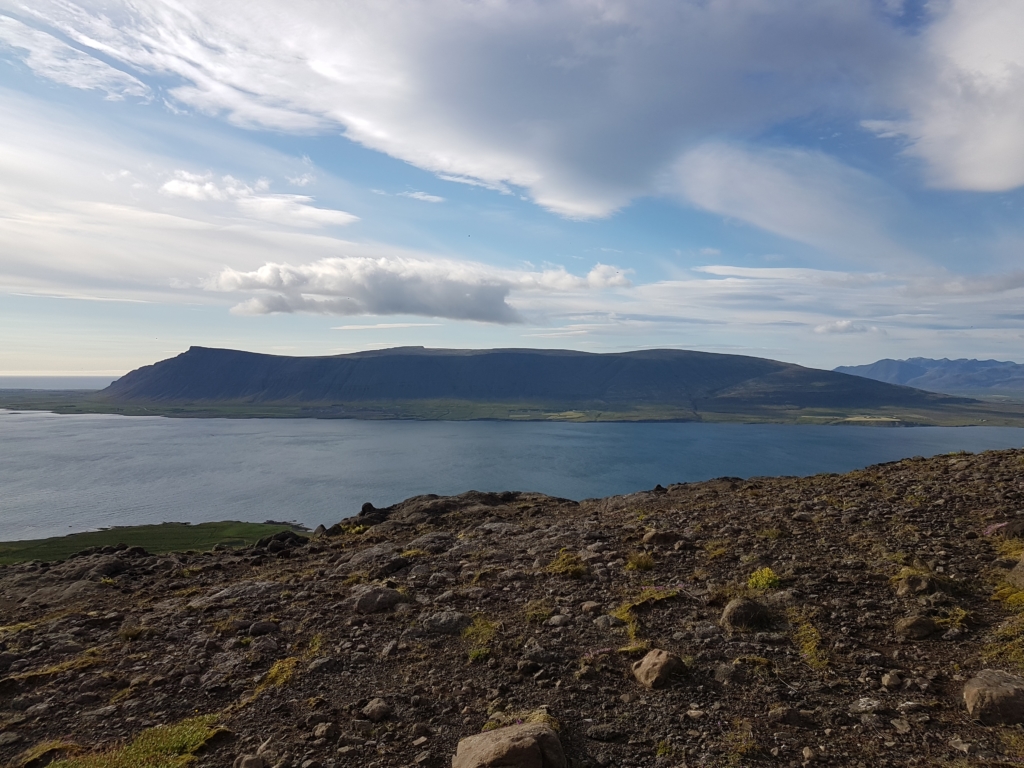
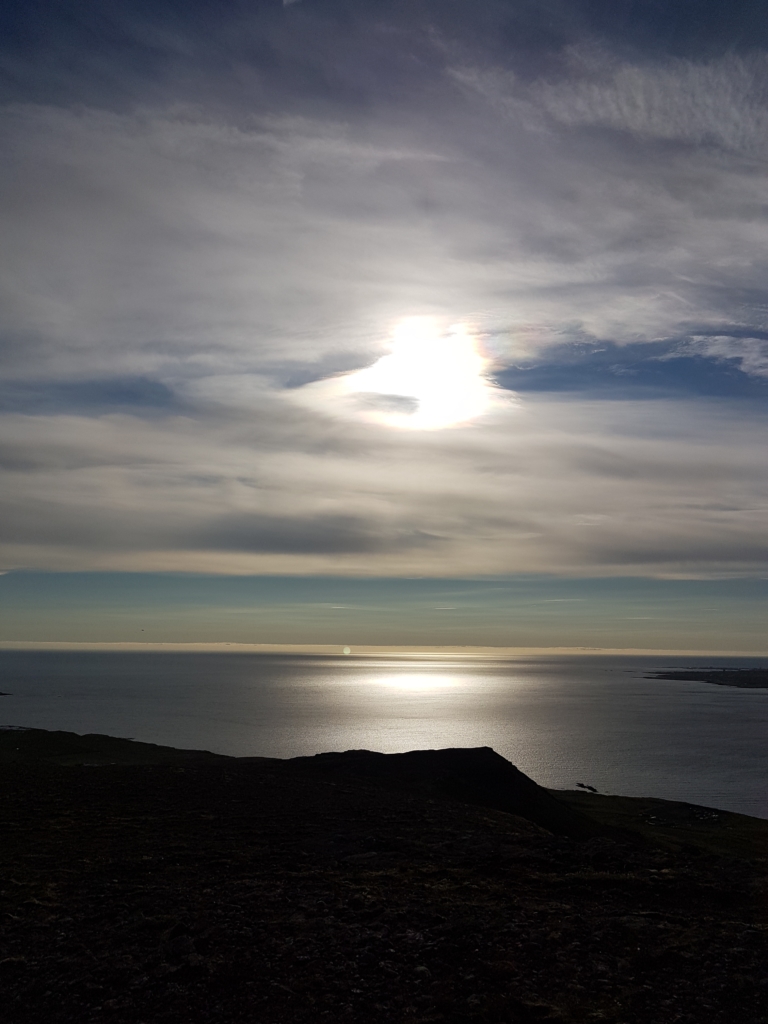
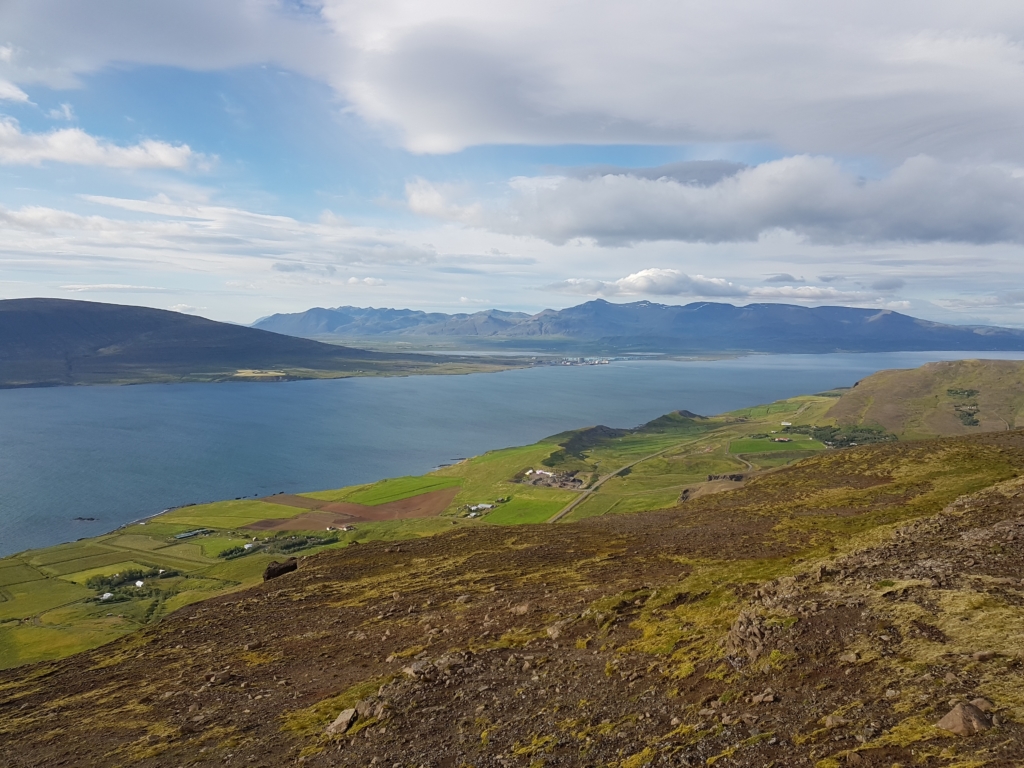
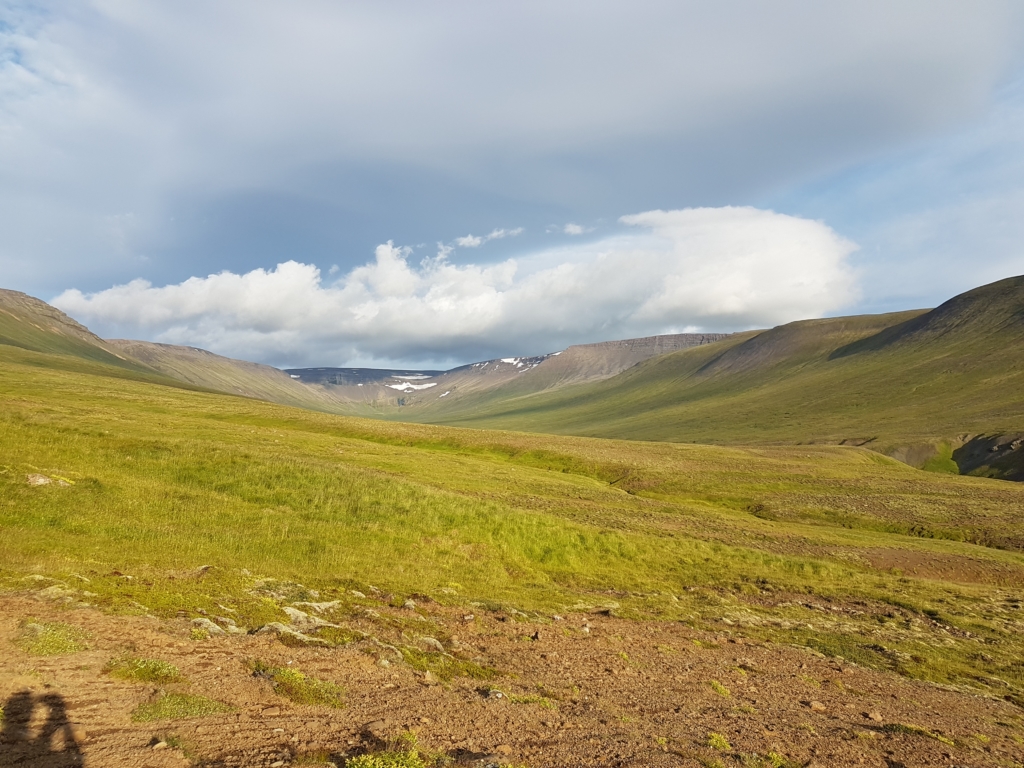
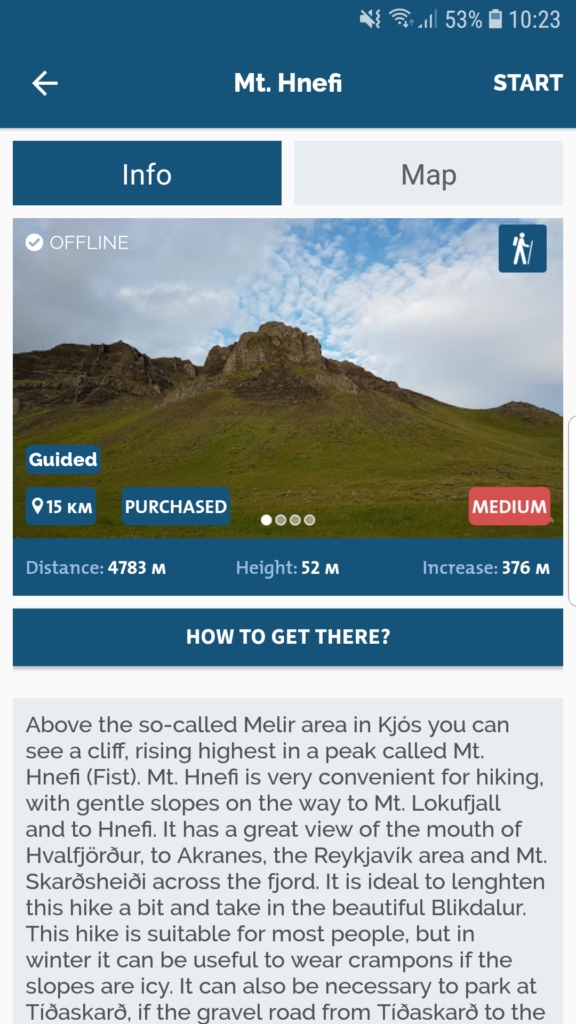
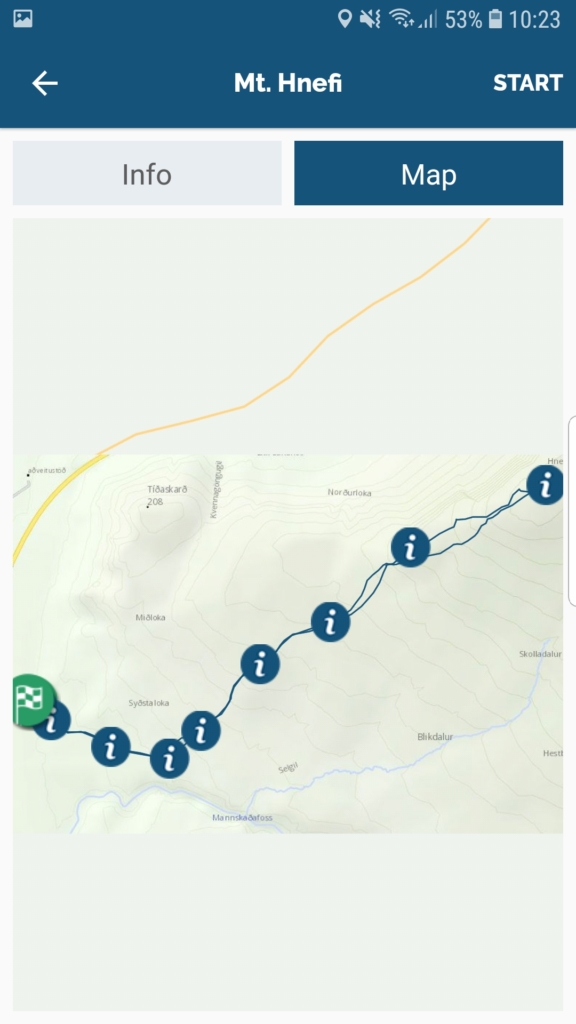

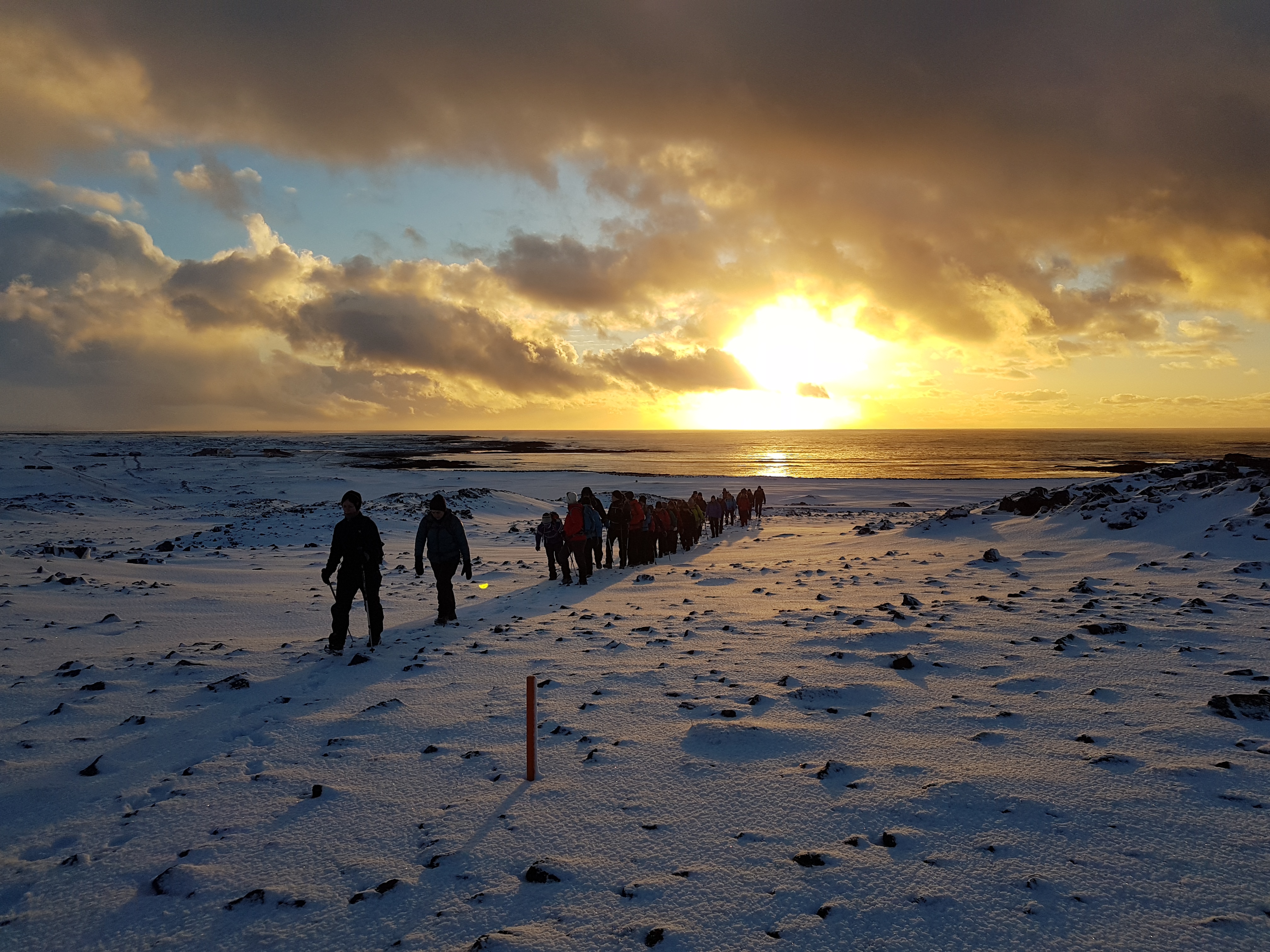
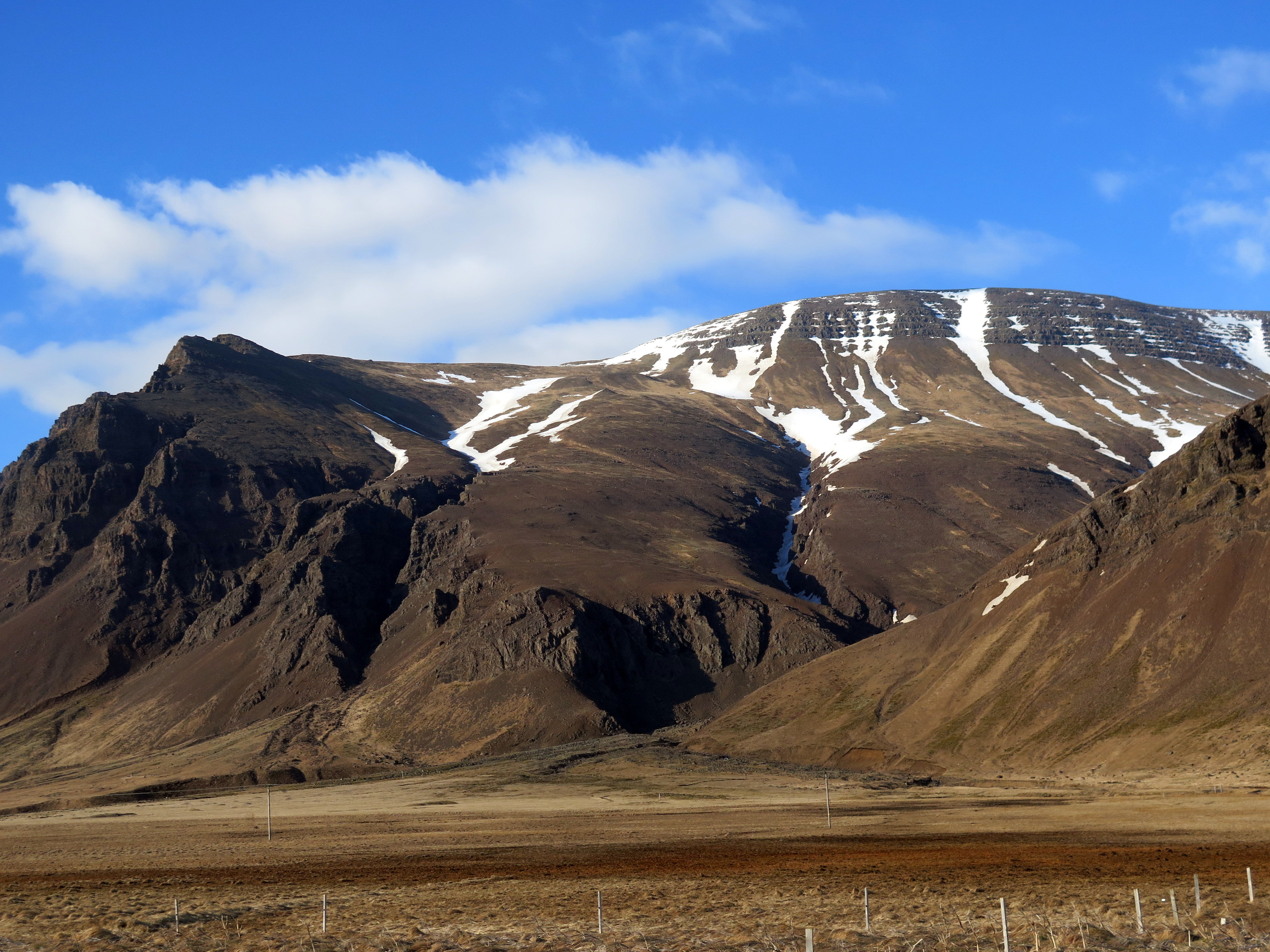
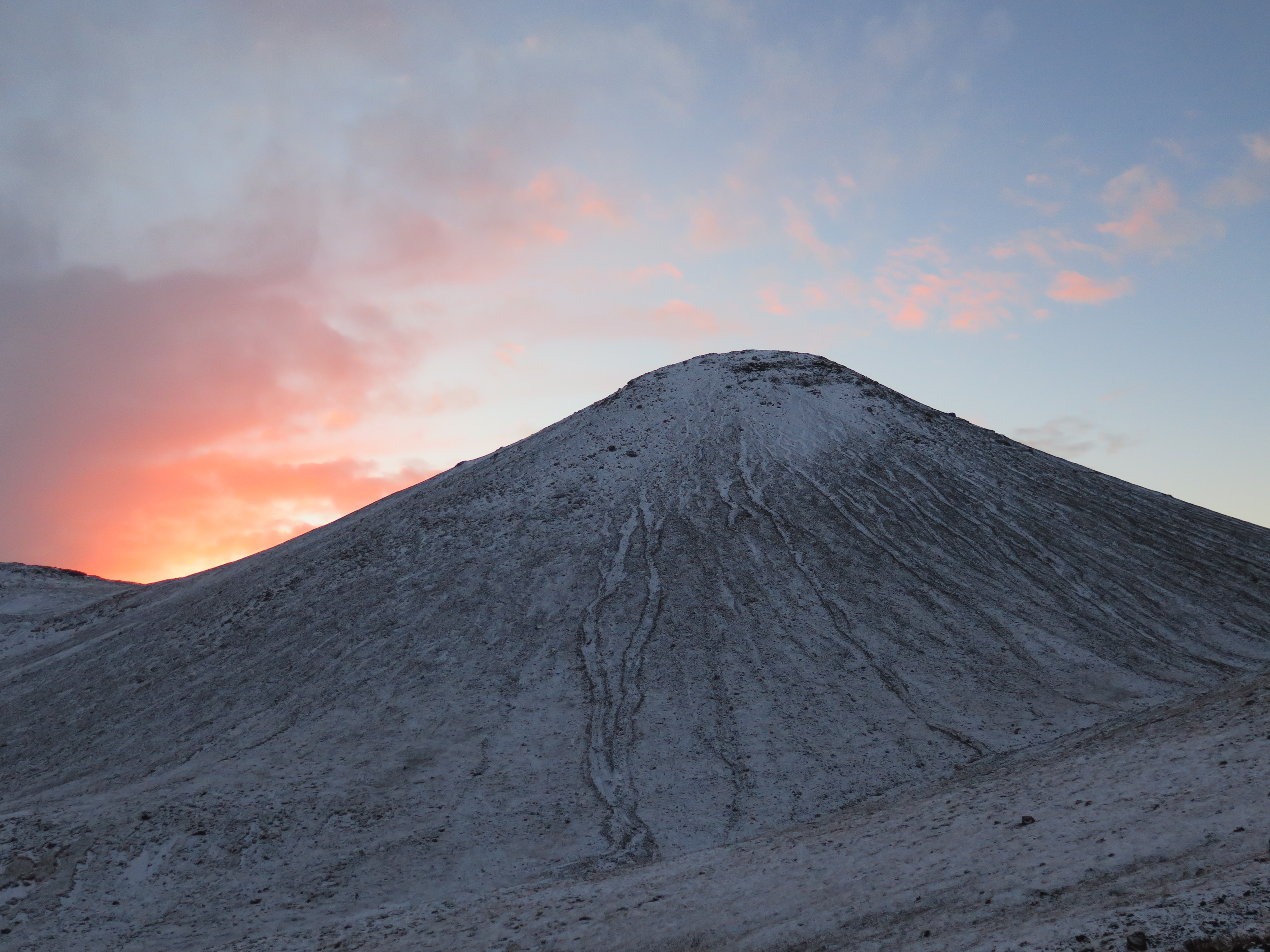
Leave A Comment